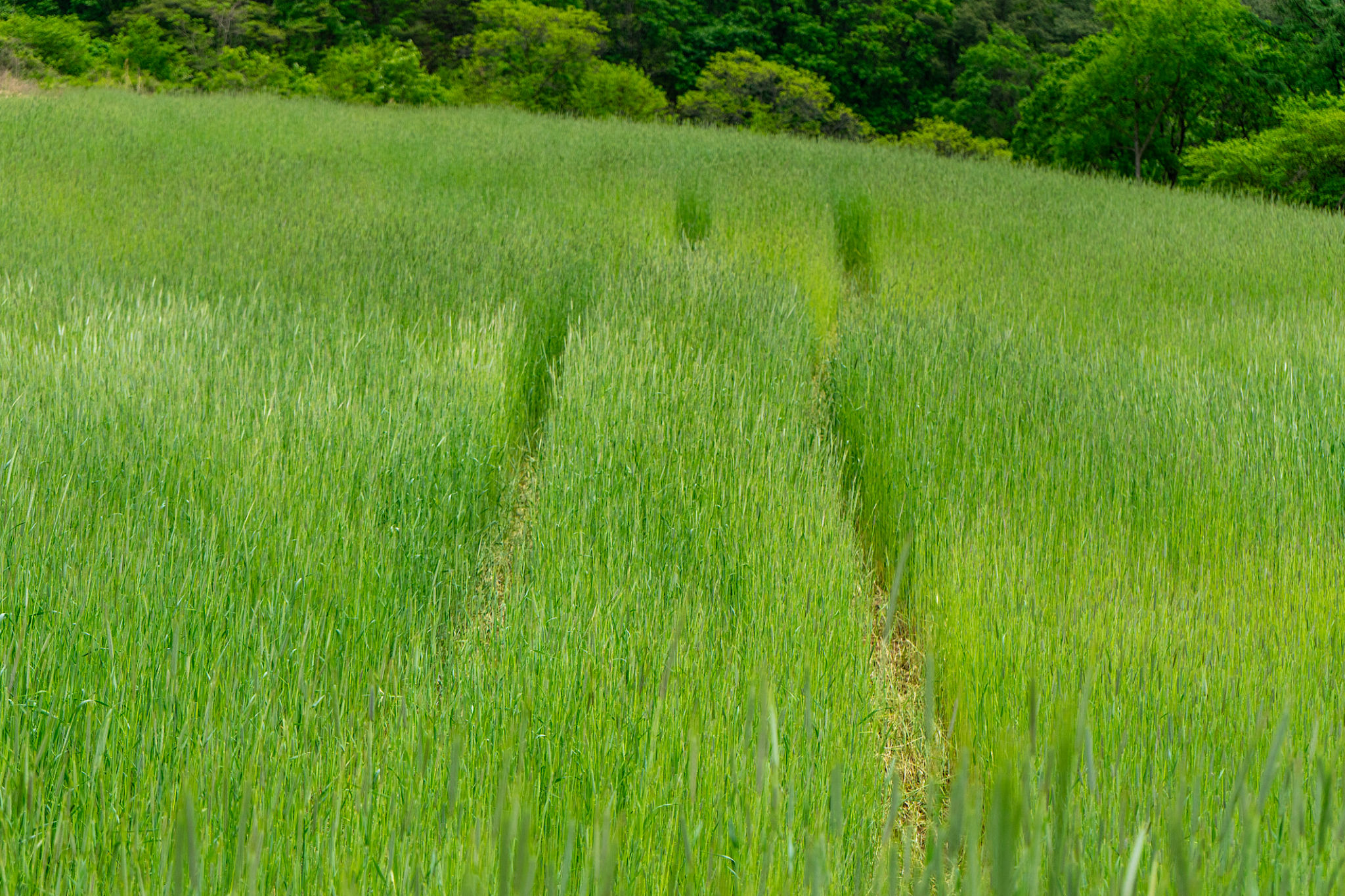The Role of Bio-Swales in Local Water Conservation Efforts
Understanding Bio-Swales
Bio-swales are innovative landscape elements designed to manage stormwater runoff. By mimicking natural processes, they help in filtering and absorbing rainwater, reducing the risk of flooding and erosion. These systems are a crucial part of sustainable urban infrastructure, as they promote the infiltration of water into the ground, replenishing local aquifers.

Their construction typically involves a shallow channel filled with vegetation, soil, and sometimes rock. This combination acts as a natural filter, removing pollutants from the water as it percolates through the soil. As cities continue to expand, incorporating bio-swales into urban planning becomes increasingly vital.
The Importance of Bio-Swales in Water Conservation
Water conservation is a pressing global issue. In many urban areas, stormwater is often directed into drains, carrying pollutants directly into rivers and oceans. Bio-swales help mitigate this problem by providing an eco-friendly solution to manage stormwater locally, thus reducing the burden on municipal systems.
By allowing water to seep into the ground slowly, bio-swales help maintain groundwater levels and reduce the likelihood of drought conditions. This not only conserves water but also supports local ecosystems that rely on consistent water availability.

Benefits of Bio-Swales
Bio-swales offer numerous benefits beyond water conservation. Some of the key advantages include:
- Pollutant Filtration: Vegetation and soil in bio-swales trap pollutants such as heavy metals, oils, and other chemicals.
- Flood Reduction: By slowing down water flow, bio-swales help in reducing urban flooding.
- Habitat Creation: They provide habitats for various plant and animal species, promoting biodiversity.
Implementing Bio-Swales in Urban Areas
The integration of bio-swales into urban landscapes requires careful planning and collaboration between city planners, environmental scientists, and local communities. Key considerations include selecting appropriate vegetation, ensuring proper soil composition, and designing for efficient water flow.

Public awareness and education are also crucial in promoting the adoption of bio-swales. Community involvement helps in maintaining these systems and ensures their long-term success. Workshops and informational campaigns can play a significant role in encouraging local participation.
Challenges and Solutions
While bio-swales offer numerous advantages, they are not without challenges. Maintenance is a critical aspect, as accumulated debris and sediment can affect their function. Regular inspection and cleaning are necessary to keep them effective.
Furthermore, climate variations can impact their performance. In regions with extended dry periods or heavy downpours, adaptive management strategies must be employed. Using drought-resistant plants and designing overflow areas can help address these issues.
The Future of Bio-Swales in Water Management
As climate change intensifies weather patterns, the role of bio-swales in water conservation efforts will become even more critical. They represent a sustainable approach to stormwater management that can be adapted to various environments.
Innovations in bio-swale design continue to evolve, with new materials and techniques enhancing their efficiency. As cities seek to become more resilient against climate impacts, integrating more green infrastructure like bio-swales will be essential for sustainable development.
